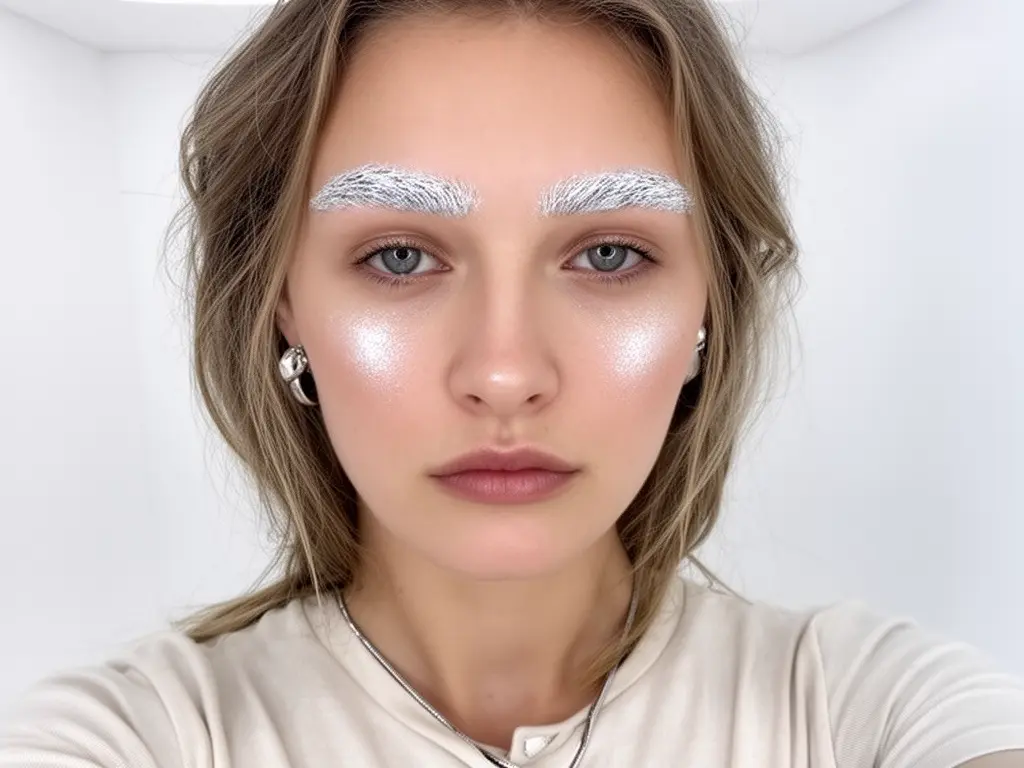
seedream-4-0/edit-sequential
Create cohesive visual sequences with precise style and continuity control.
Transform and refine images with sharp detail, precise lighting, and text accuracy using Flux 2 Dev image-to-image, a high-resolution, open-weight model for professional creative workflows.






Flux 2 Dev is a high-fidelity image-to-image editor built to preserve structure while delivering sharp detail, precise lighting, and dependable text rendering. Instead of full-frame regeneration, Flux 2 Dev applies targeted, content-aware changes that keep geometry, materials, and perspective intact. The open-weight design of Flux 2 Dev supports rigorous professional workflows, enabling reproducible results with seeds, stable guidance, and multi-image conditioning for style or reference transfer. Optimized for high-resolution output, Flux 2 Dev maintains realism under substantial restyling, from subtle retouching to bold aesthetic shifts. With efficient inference and configurable steps, Flux 2 Dev balances speed and quality for production use. Key capabilities:
With Flux 2 Dev, start with a high-quality base image and a clear instruction that states what to change and what to preserve. Provide up to three image URLs to guide style or content, then describe the edit target, scope, and desired lighting or typography. In Flux 2 Dev, use guidance_scale to control adherence, num_inference_steps to trade speed for detail, and image_size for aspect and resolution. Set seed for reproducibility, enable Magic Prompt only when you want expanded phrasing, and choose output_format. For fast previews, keep acceleration at regular; for maximum quality, raise steps moderately. Flux 2 Dev respects precise constraints, so phrase exclusions explicitly. Examples:

Create cohesive visual sequences with precise style and continuity control.

Create seamless cinematic sequences with smooth framing and stable lighting for coherent story visuals.

Edit images by masking areas and prompting changes with Ideogram 3.

Redefine creative edits with dual-input precision and adaptive control for design professionals

Generate photorealistic images from text with Google Imagen 4 Ultra.

Generate accurate brand visuals with high-fidelity text-to-image control.
Flux 2 Dev is a powerful 32-billion parameter open-weight generative model designed for image creation and editing. Its image-to-image feature allows users to modify existing pictures using prompts while preserving key parts of the composition.
Flux 2 Dev provides sharper textures, more realistic lighting, and finer detail fidelity compared to FLUX.1, making its image-to-image transformations noticeably higher in quality and accuracy.
Flux 2 Dev offers a free trial tier with complimentary credits for new users. After that, you can use a credit-based pricing model where each image-to-image or text-to-image task consumes credits proportional to the image size.
Flux 2 Dev is ideal for designers, advertisers, game studios, and product photographers who require consistent visuals. The image-to-image feature helps them efficiently update or blend styles while keeping brand or visual coherence.
You can access Flux 2 Dev through the Runcomfy AI Playground on desktop or mobile browsers. The image-to-image editing tools work directly in the browser, with local or API usage options available for developers.
Flux 2 Dev accepts existing images and textual prompts as inputs and can output edited visuals up to about 4 megapixels. The image-to-image process maintains structure while adding new elements or styles.
Flux 2 Dev performs best up to around 4 megapixels and may require optimization for extremely complex multi-reference setups. However, the model’s image-to-image guidance is still among the most stable available.
Yes, Flux 2 Dev can be run locally using its open weights or accessed remotely through APIs, making image-to-image experimentation flexible for both individual creators and enterprise users.
Flux 2 Dev allows up to ten reference images per prompt. This feature ensures character or style consistency across related outputs, giving image-to-image edits a coherent and unified aesthetic.